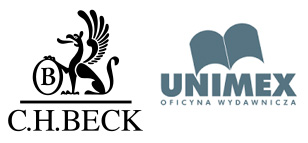Flat-tax rate CIT (Estonian CIT)
Estonian CIT is an alternative taxation system to “classic” CIT, which has been in the Polish legal system since January 1, 2021. It has separate accounting rules, tax rates or exemptions.
The idea behind Estonian CIT is that profits earned by the taxpayer and retained (reinvested) in the company are not subject to income tax. The legislature also aimed to tax distributions equivalent to profit distribution, resulting in the introduction of taxation of so-called hidden profits. Taxation should only occur when profits are distributed from the company. Therefore, if most of the profits earned by the taxpayer are to be reinvested or retained in the business, this form of taxation can be an extremely effective alternative.
Despite the fact that it is a form of taxation reserved for CIT-taxed entities, it is an attractive alternative for entrepreneurs conducting business in the form of sole proprietorships, general partnerships, civil partnerships, as well as limited partnerships and limited joint-stock partnerships.
In addition, after the changes introduced under the so-called Polish Deal, the possibility of choosing Estonian CIT is not dependent on incurring capital expenditures or the scale of income or revenue generated, which was the reason for the reluctance to this form of taxation in its original version.
Who is it for?
- Estonian CIT taxation may apply to: joint-stock companies, limited liability companies, limited partnerships, limited joint-stock partnerships, simple joint-stock companies.
- Your business is growing and you are planning to further reinvest funds for development?
- Are you planning to grow your business and would like to start accumulating tax-free funds now?
- Would you like to improve the liquidity of your business or accumulate savings for more difficult times?
Our support scope:
- Analysis of the possibility of benefiting from Estonian CIT and calculation of potential savings.
- Support in business reorganization to take advantage of Estonian CIT.
- Ongoing support in the application of Estonian CIT.
- Identification of risks related to "hidden profits", among others.
- Confirmation of interpretative doubts through tax ruling.





